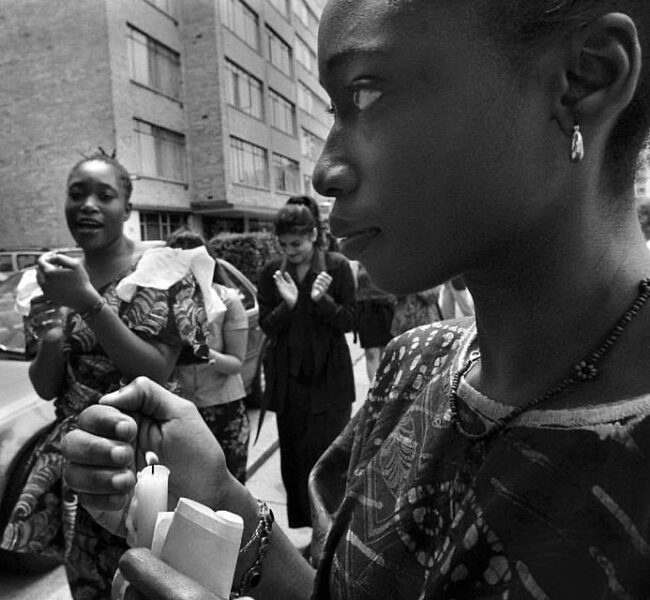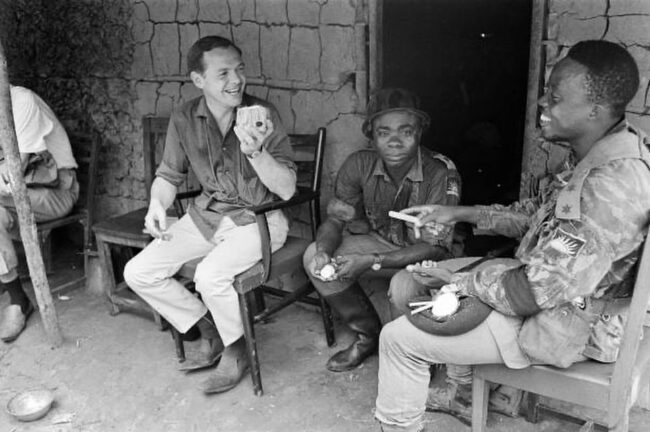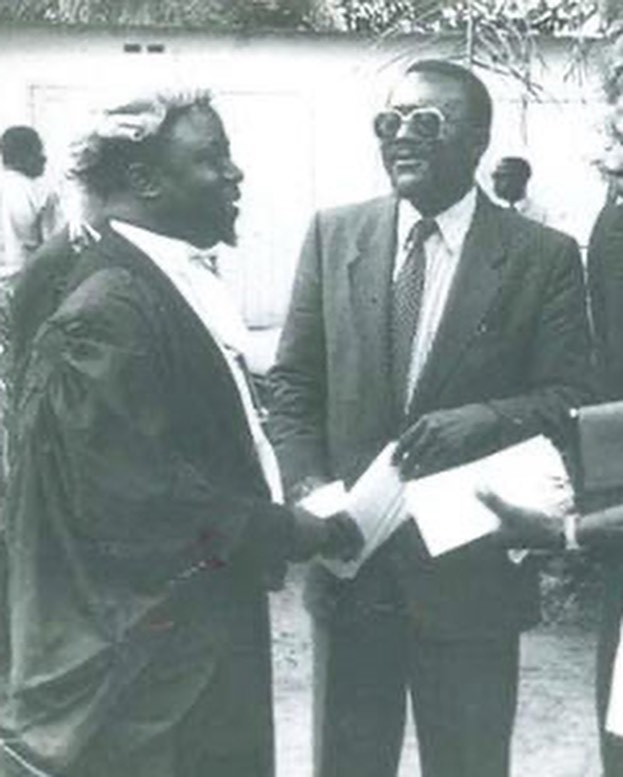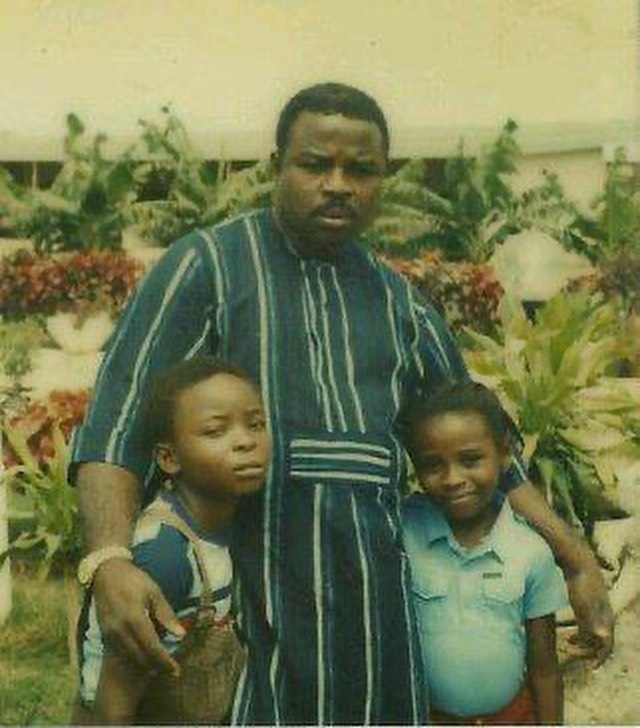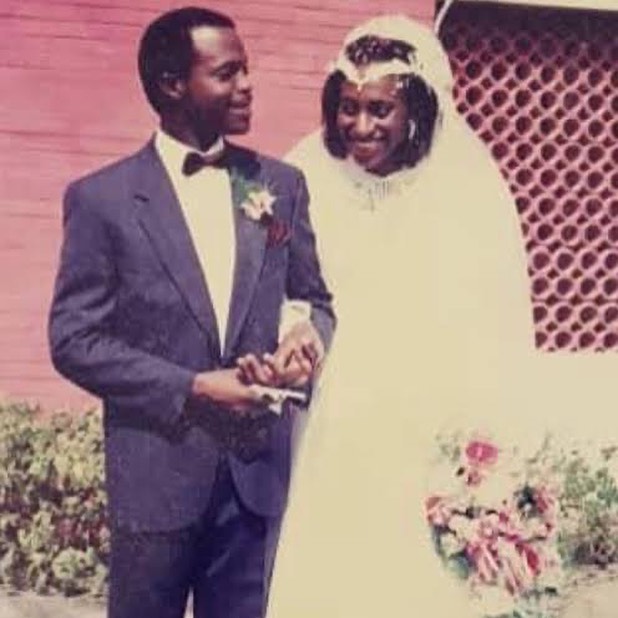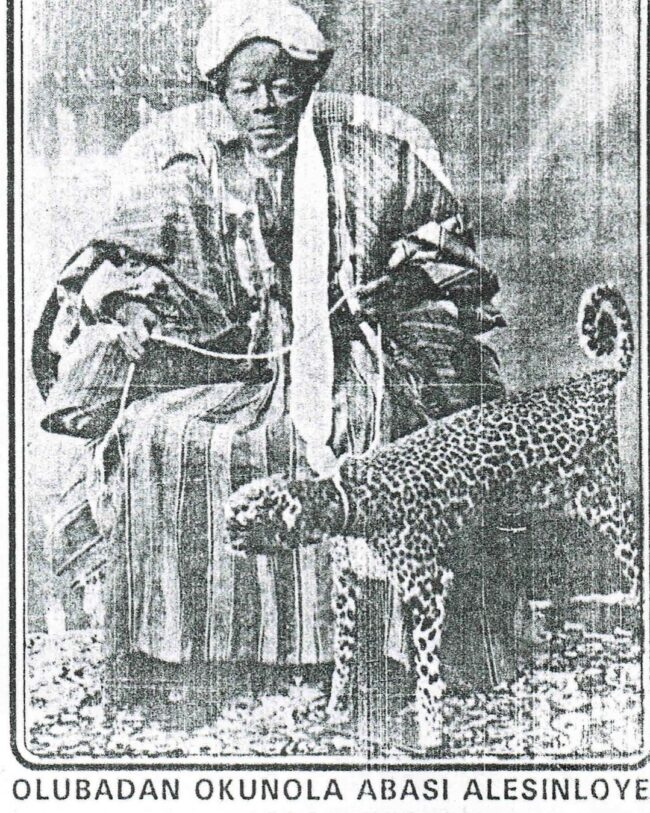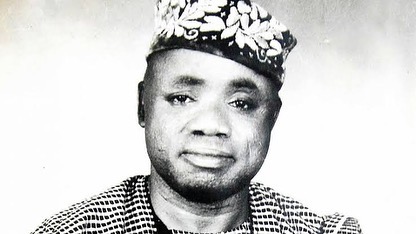Known by his stage name Olu Onagoruwa, Gabriel Olusoga Onagoruwa, GCON SAN (1936–2017) was a Nigerian jurist and human rights campaigner who held the positions of Attorney-General of the Federation and Minister of Justice during Sani Abacha’s military junta in 1994–1995. Before Abacha severed their brotherly ties, Gani Fawehinmi was very close to Olusoga Onagoruwa. They were like siamese twins for years, best buddies. In actuality, Gani Fawehinmi named Dr. Olu Onagoruwa, a friend of his bossom, as the executor of his first will. Gani represented Dr. Onagoruwa in every case he had, and vice versa. In 1993, General Sani Abacha took over as Head of State. Gani objected to Abacha’s appointment of Onagoruwa as Attorney General and Minister of Justice. He forewarned his pal that he might regret accepting. However, Lt-General Oladipo Diya, Abacha’s deputy and a relative from Odogbolu, convinced Onagoruwa to accept the assignment and ignore Gani. When Onagoruwa did, his friendship with Gani was shattered. After Abacha left, Gani removed him from his position as the administrator of his will, and they stopped communicating until Onagoruwa’s son was killed by Abacha hitmen. He suffered a stroke as a result of the terrible circumstances surrounding his son’s death. Setting aside their disagreements, Gani went to his residence to offer him condolences. Onagoruwa penned a book titled “A Rebel in General Abacha’s Government” following Abacha’s passing. Some passages from his book “General Abacha was not pleased that I was leaving his administration. He thought I was conceited and intrusive. I began to receive news that I was under threat and needed to exercise extreme caution. Above all, I was positive that I had not offended him in any kind. He looked into my account at the Justice Ministry, but he was unable to uncover any evidence against me. Since I was clear before him both personally and officially, what further offenses might he be searching for? My government pals informed me that he had promised them I would experience some agony that I would never forget. He was the government, after all, and I began to say goodbye to my wife at a period of several mysterious deaths, including those of Chief Alfred Rewane, Mrs. Suliat Adedeji, Admiral Olu Omotehinwa, and Admiral Tunde Elegbede. We should keep praying, my wife would reassure me. We had no idea that in 1995, when Oluwatoyin became a trained lawyer, he would turn against us. …


